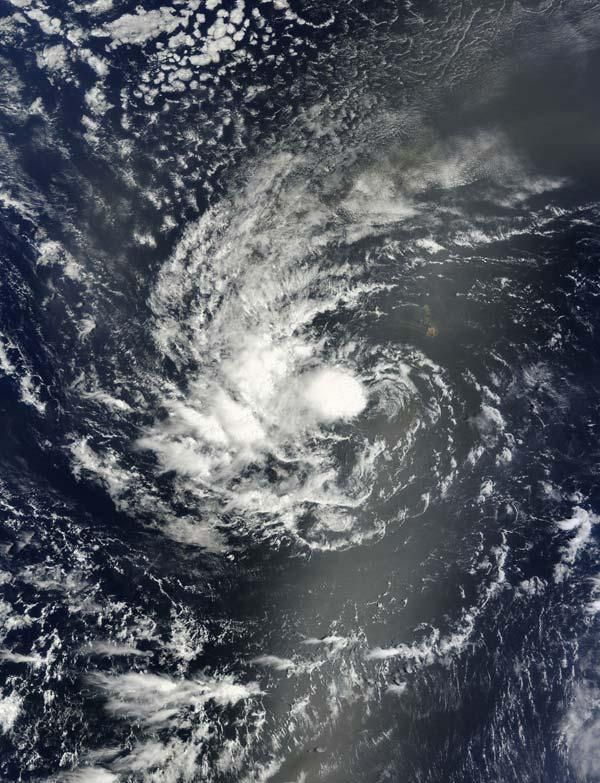
Igor Strengthens to Major Hurricane as Julia Becomes Newest Tropical Storm

Update, 10:50 a.m. ET Monday, Sept. 13: Hurricane Igor strengthened to a Category 4 hurricane over the weekend and its highest wind speed is just 5 mph (8 kph) shy of reaching Category 5 status, the highest status on the Saffir-Simpson scale of hurricane strength. Igor was joined by Tropical Storm Julia over the weekend, and is moving away from the southernmost Cape Verde Islands.
The 2010 Atlantic hurricane season is moving along at a brisk pace as storms form over the Atlantic one after the other. The latest addition to the list is Tropical Storm Igor, which formed off the west coast of Africa on Sept. 8.
At 11 a.m. ET on Sept. 10, Igor was located in the far eastern Atlantic Ocean 465 miles (748 kilometers) west of the Cape Verde Islands. It had maximum sustained winds near 40 mph (64 kph) and was moving in a westward direction.
Igor weakened slightly into a tropical depression on Sept. 9, but re-strengthened overnight. The storm is expected to become a hurricane by Sunday, according to the National Hurricane Center. Tropical depressions, tropical storms and hurricanes are all collectively called tropical cyclones.
Tropical Storm Igor follows in the wake of Tropical Storm Hermine, which drenched the coasts of Mexico and Texas when it made landfall on Labor Day, Sept. 6.
Igor formed in a similar area to Hurricane Earl , which swiped the barrier islands of North Carolina, the eastern edge of Long Island and Cape Cod earlier this month.
Hurricane forecasters have called for an active 2010 season . Though it has been quiet so far, the season only reaches its peak in late August through early October. Forecasts have predicted there will be 14 to 20 named storms this year, eight to 12 of which are expected to become hurricanes.
Sign up for the Live Science daily newsletter now
Get the world’s most fascinating discoveries delivered straight to your inbox.












